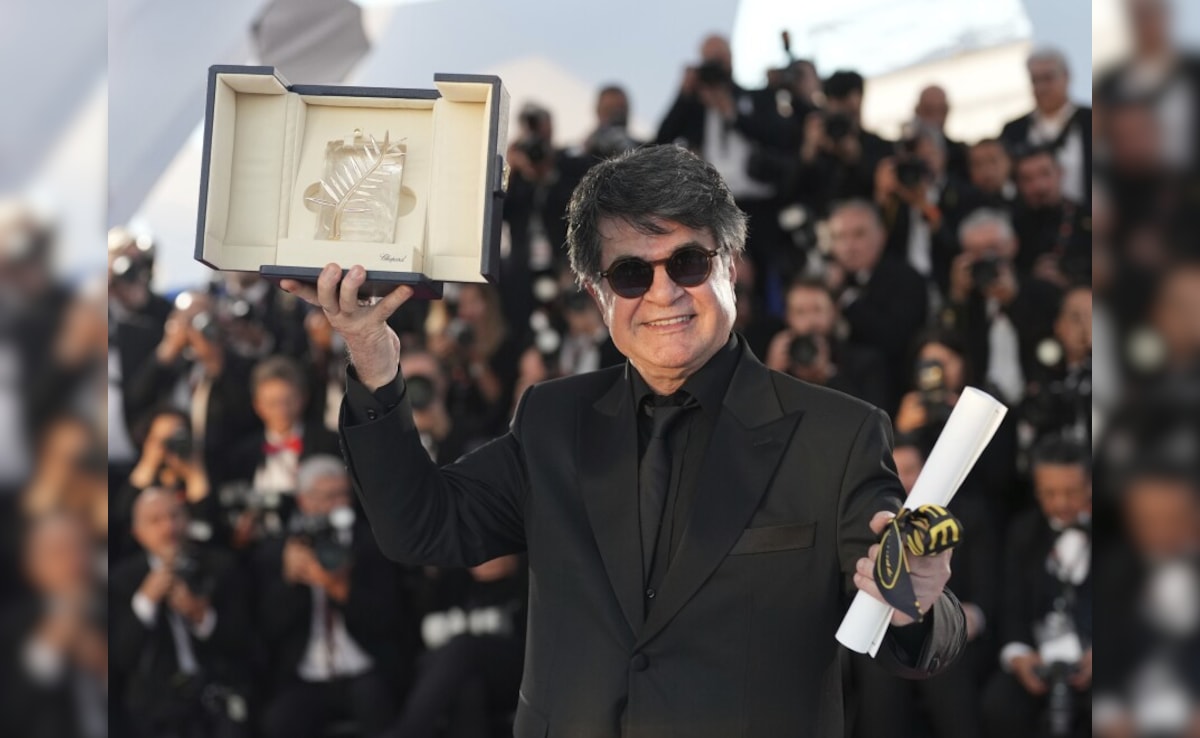The entertainment industry is no stranger to controversies and the subsequent ripple effects that they can create. Recently, the showbiz community has been buzzing with the latest developments surrounding the popular show “Good Day,” originally featuring South Korean superstar Kim Soo-Hyun and music icon G-Dragon. The show’s production team has made the headline-making decision to cut out scenes involving Kim Soo-Hyun, a surprising move that follows the ongoing controversy involving Kim Sae-Ron.
Last month, the production team from “Good Day” issued an official statement, marking an unforeseen turn for both fans and industry insiders. According to the release, the complex dynamics and public sensitivity related to the Kim Sae-Ron situation necessitated this difficult decision. Although details remain somewhat scant, the statement indicated a desire to maintain the show’s focus and integrity amidst turbulent times.
The controversy involving Kim Sae-Ron has undoubtedly cast a long shadow over the industry. While the exact nature of the situation has been kept out of the public eye to a degree, it has undeniably stirred discussions and reconsiderations among media and production companies alike. The ramifications of this incident are evidently wide-reaching, impacting associations and projects beyond the immediate scope of those directly involved.
In the case of “Good Day,” Kim Soo-Hyun’s participation was a significant draw for viewers. Known for his standout performances in dramas and films, his appearance alongside G-Dragon in the show was highly anticipated and celebrated by fans across various demographics. Therefore, his exclusion from the final production lineup represents a substantial shift in the show’s direction.
The production team’s statement, while succinct, suggests that their decision was influenced by multiple factors. These range from the friendships and professional networks linking those involved, to a broader strategic consideration of the public sentiment and brand reputations at stake. By editing out Kim Soo-Hyun’s scenes, the show’s producers appear to be pursuing a preventative approach, aimed at limiting potential backlash or misunderstandings among audiences.
The intricate relationship between entertainment figures and the projects they are associated with is often complex, particularly when controversy arises. The decision to cut scenes involving well-loved personalities like Kim Soo-Hyun may seem drastic to some observers, yet it illustrates the delicate balancing act that production companies must perform to maintain reputations and viewer trust. In entertainment, just as in markets and politics, perception is pivotal.
The viewing public has shown a mixed reaction to this development. On social media platforms, some fans have expressed disappointment at Kim Soo-Hyun’s absence, emphasizing their allegiance to both him and the collaborative potential he brought to “Good Day.” Others, however, have expressed understanding of the production’s decision, arguing that it is essential for the show to take a clear stance amidst ongoing uncertainties.
G-Dragon, another towering personality in the show, thereby finds his prominence in “Good Day” further accentuated with the removal of Soo-Hyun’s participation. As a major force in the music industry and a pop culture icon, G-Dragon’s involvement can potentially carry the show through challenging times, keeping audiences engaged despite the current reshuffle of its content.
In navigating industry controversies, media entities such as the “Good Day” production team often find themselves making tough calls. These decisions, while difficult and occasionally unpopular, play a crucial role in shaping the ongoing narrative that surrounds celebrity figures and the projects they are part of. The stakeholders involved are indeed challenged to innovate and adapt, ensuring that disruptions in public sentiment are managed tactfully and strategically.
As “Good Day” moves forward with its revised format, audiences will undoubtedly watch closely to see how the changes affect the show’s dynamics, viewer engagement, and overall reception. The entertainment sphere, meanwhile, will continue to reflect on this episode as it underlines the shifting nature of celebrity culture, project management, and the role of controversy in shaping media landscapes.






